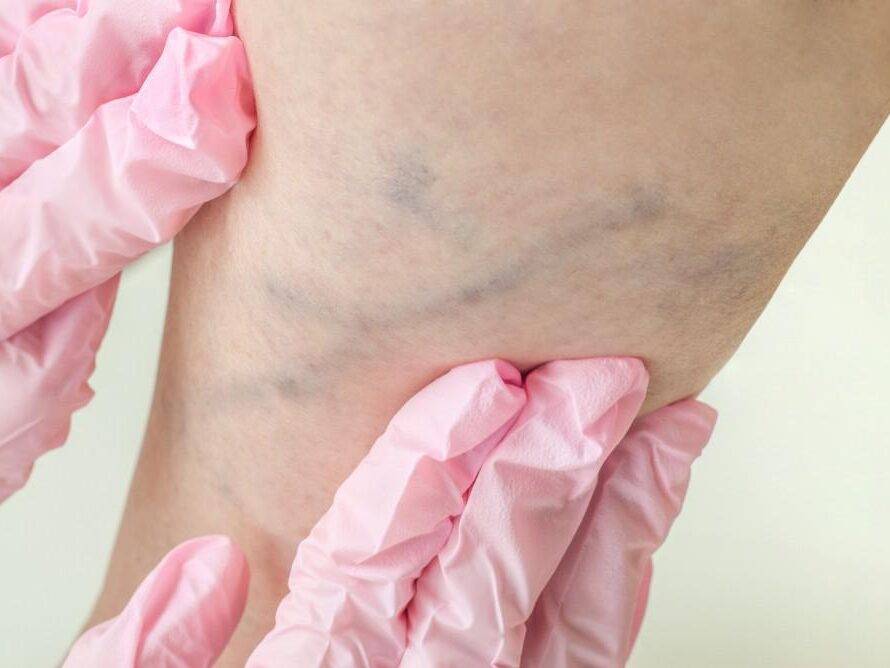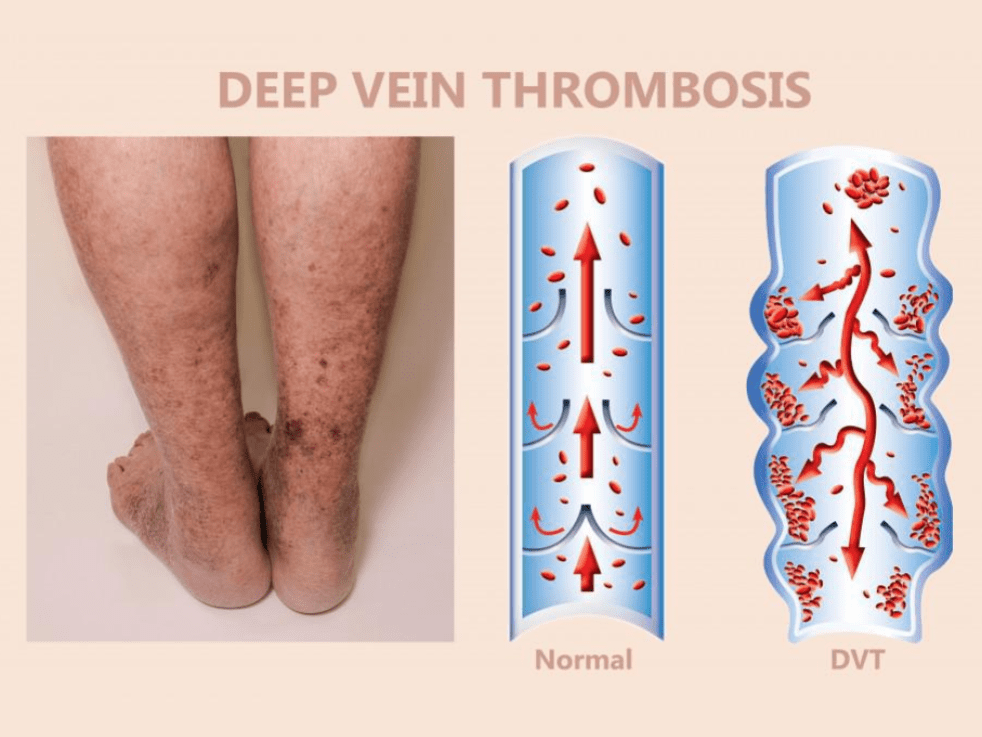What is Spinal Cord
Stimulation (SCS)?
What is Spinal Cord
Stimulation (SCS)?
SCS is an opioid-free, FDA approved procedure that manages chronic pain caused by painful diabetic peripheral neuropathy (DPN). SCS works by disrupting the pain signals traveling between the spinal cord and the brain. The pain signals are disrupted through the implantation of a device that sends electrical pulses to the spinal cord. SCS is recommended for patients who have been taking medications to reduce their pain but are not experiencing improvements in symptoms.
What are the Benefits of Spinal Cord Stimulation (SCS)?

Improves sleep

Improves mobility

Opiod-free

Outpatient procedure

Minimal downtime and short recovery period
What to Expect During Spinal Cord
Stimulation (SCS)
Before beginning treatment, a StrideCare vascular specialist will consult patients to determine if they are a good candidate for SCS. If patients are suitable candidates for the procedure, a one-week trial will be conducted. During the trial period temporary leads will be placed near the spinal cord to assess their effectiveness in relieving pain. If successful, a permanent implantation will be scheduled for long-term pain relief.


What to Expect After Spinal Cord
Stimulation (SCS)

Immediately following an SCS procedure, patients may notice swelling bruising, and tenderness around the site of treated areas. This is normal and side effects typically resolve on their own within a few days of treatment. Patients can go home the same day and return to normal activities within a few days. Patients may need to schedule regular follow-up appointments with their healthcare provider to monitor the implanted device’s effectiveness. A StrideCare vascular specialist will provide patients with detailed post-procedure care instructions prior to SCS, so patients can know what to expect during recovery.
StrideCare
Patient Reviews



4.89 Average Online Review Score












StrideCare Leverages athenaOne to Enhance Financial and Operational Results, Improve Clinical Workflows
2 Min Read CASE STUDY: Transitioning all practices onto one united system gives StrideCare invaluable access to data

When are Varicose Veins More than Just a Cosmetic Concern?
2 Min Read Learn about varicose veins, prevention tips, and treatment options from StrideCare’s vein specialists in Texas.

Puffy Legs are One of the First Signs of Deep Vein Thrombosis
3 Min Read Learn the symptoms of deep vein thrombosis (DVT) and seek immediate evaluation at StrideCare for expert care and treatment.


